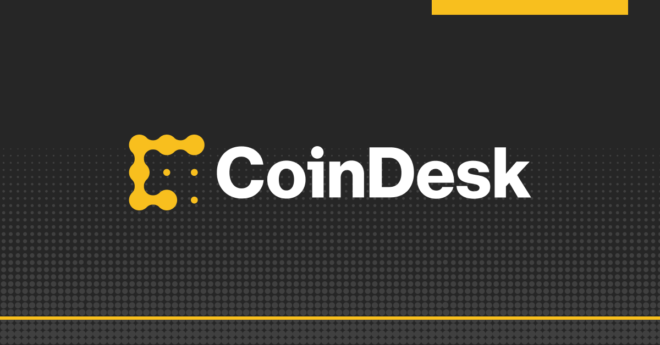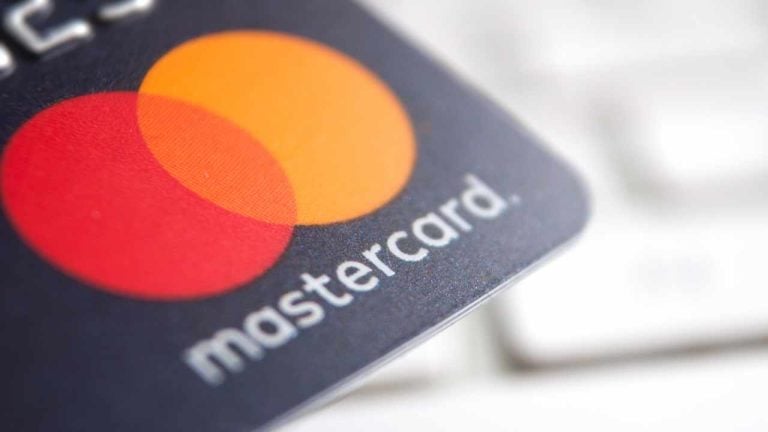Digital assets, cryptocurrency, decentralized finance (DeFi), non-fungible tokens (NFTs) – they have all been the subject of intense media hype. No doubt you’ve heard of at least a few people who have become wealthy through their investment in digital assets, as well as a few who have lost all or part of their investment. What started with bitcoin has ballooned into a huge array of digital assets, which come with their own technologies, lexicon, risks and loyal followings.
Now, you likely have clients who are asking about the possibility of investing in digital assets, and even more clients who have already done so.
This column originally appeared in Crypto for Advisors, CoinDesk’s new weekly newsletter defining crypto, digital assets and the future of finance. Sign up here.
In the journey to decide if you should even learn about digital assets, and then how to make the asset class part of your practice, one of the first questions you might ask is, “What is so different about digital assets?”
First, you’ll want to know the answer so you can determine the amount of time and money to invest in learning about this asset class. Second, the answer will be the basis for your conversations with your clients around digital assets. Third, you will need to determine how best to bring digital assets into your practice.
Code as value
When we are speaking purely of cryptocurrencies like bitcoin, we have to try to determine some idea of value. However, in the case of bitcoin, there is no underlying physical or even corporate asset. Bitcoin is also not backed or issued by a country or corporation. It does not need a bank or network of banks to send it anywhere in the world.
Because of this, our traditional ideas of valuation have to be rethought. In essence, bitcoin has value because we say it does. The level of that value is based more on a trust that there will only be a certain number of bitcoins ever created, and there will be an increasing demand for those limited bitcoins.
We are used to having stocks that represent ownership in companies, bonds that represent cash flow or commodities that are physical assets.
Valuing an asset that was digitally created, stored and moved is very new and will take some time to better understand.
Crypto custody
We have grown so accustomed to our convenient custodial systems. We no longer self-custody most assets because it is not efficient. As advisors, we know we can use custodians to hold client assets, and we can advise and direct the investment in those assets.
Digital assets, however, work better and were designed for self-custody. We even have a catch phrase – “Not your keys, not your crypto.”
Cryptocurrency was specifically developed to not have to rely on banks or other traditional custodians.
A new class of custodians – crypto or digital asset custodians – have been created and often offer on-ramps and exchange services as well. Some of these are even receiving bank charters, while traditional custodians are adding digital assets custodial services.
Custody is a matter of technology, more than just outsourced recordkeeping. As the advisor, you will need to understand, and help clients navigate the issues of custody of their digital assets, based on risk, allocation and goals.
International and nonstop
Partially due to their non-custodial nature, digital assets are traded 24/7/365 all over the world, leading to several issues we haven’t had to address in the past.
Prices can fluctuate wildly while we sleep, as Asia and Europe trade and as their news cycles drive values. We might come in on Monday to find the prices vastly different than when we left on Friday.
Further, assets that are traded and used internationally are subject to macro- and micro-economic factors all over the globe. There are no “international funds” for crypto. They’re all international.
This reality also makes digital assets the most liquid assets we’ve seen. While we might think we like more liquidity in an asset class, as advisors you need to determine where you draw the line with clients. Are their accounts, and you as their advisor, available to trade 24/7/365? Are we sticking to traditional hours?
Moving forward
You’re going to have to evaluate digital assets as a part of your clients’ portfolios. Understanding the differences between this asset class and traditional investments will help as you assess the risk for your clients, the associated allocation and the conversations you’ll end up having as you make digital assets part of your practice.




